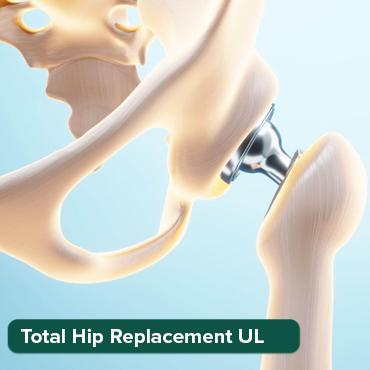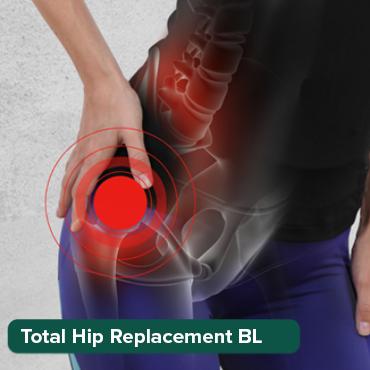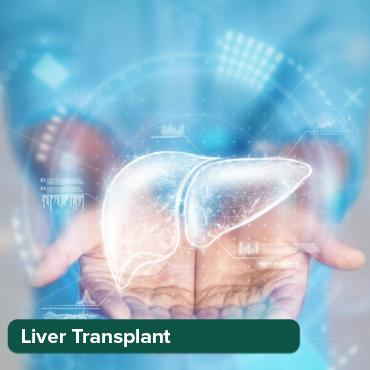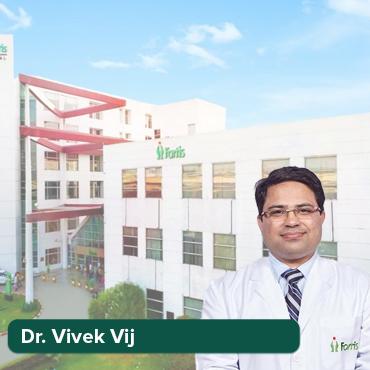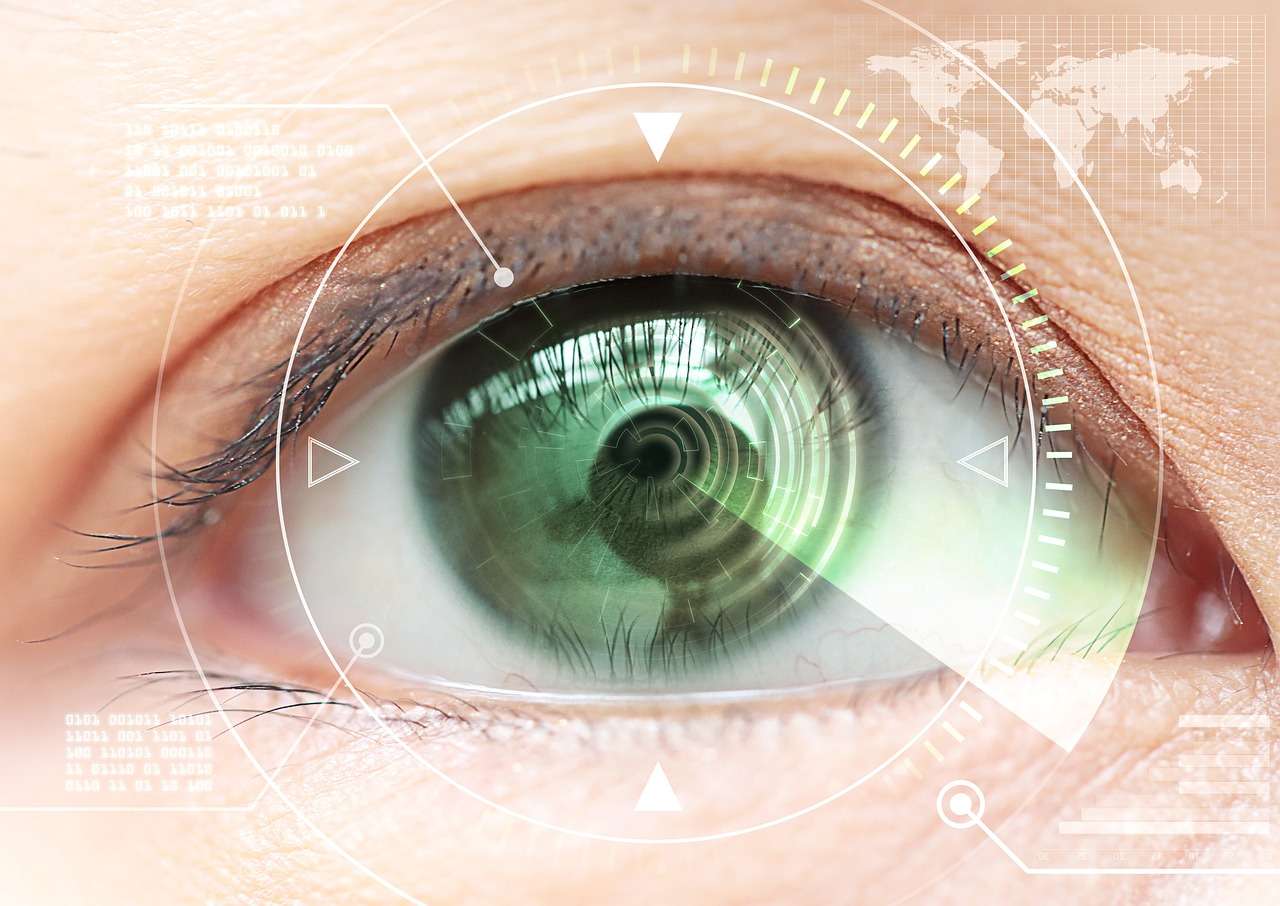
دور التكنولوجيا في جراحة الساد الحديثة في الهند
19 Jun, 2024
لقد شهدت جراحة الساد تحولا ثوريا في العقود القليلة الماضية. ولا يوجد بلد آخر في العالم يجسد هذا أفضل من الهند. وكان الدافع وراء ذلك في المقام الأول هو التقدم التكنولوجي، الذي أدى إلى تحسين دقة وسلامة الإجراء، إلى جانب زيادة إمكانية الوصول إلى السكان.
تتناول هذه المدونة دور التكنولوجيا في جراحة إعتام عدسة العين الحديثة في الهند، مع تحديد الابتكارات المتنوعة التي وضعت المجال في شكله والطريقة التي يؤثر بها نفس الشيء على المرضى ومقدمي الخدمات الصحية. في الوقت الحاضر ، بين السكان العليا ، يتم تحديد إعتام عدسة العين على أنه السبب الأول للعمى والضعف البصري. يحدث ذلك عندما تصبح العدسة داخل العين غير شفافة ، مما يؤدي إلى انخفاض الرؤية.
الإجراءات الأكثر شعبية في الهند
حوالي 51 ٪ من العمى في العالم يرجع إلى إعتام عدسة العين ، ما يقدر بنحو 20 مليون شخص كما ذكرت منظمة الصحة العالمية. في الهند ، لوحظ أن معدل انتشار إعتام عدسة العين مرتفع للغاية بسبب عدد كبير من الأفراد المسنين والمزيد من التعرض لأشعة الشمس.
أ. العدسات داخل العين (IOLS)
كان تطور العدسات داخل العين علامة فارقة في جراحة الساد. يتم زرع هذه العدسات الاصطناعية في العين لتحل محل العدسة الطبيعية التي تمت إزالتها. كانت IOLs المبكرة صلبة وتتطلب شقًا أكبر للإدراج. اليوم ، يمكن إدراج IOLs قابلة للطي من المواد المتقدمة من خلال شقوق أصغر ، مما يقلل من وقت الاسترداد وتحسين النتائج.
العلاجات الصحية
امنح نفسك الوقت للاسترخاء
أقل الأسعار مضمونة!

أقل الأسعار مضمونة!
ب. مستحلبات
يستهلك مستحلبات في أواخر الستينيات من القرن الماضي الطاقة بالموجات فوق الصوتية لاستحسان العدسة الساد ، التي يتم استنشاقها بعد ذلك من العين. أصبحت هذه التقنية، التي تتطلب شقًا صغيرًا فقط، هي المعيار الذهبي لجراحة إزالة المياه البيضاء. فهو يقلل بشكل كبير من الصدمات الجراحية، ويسرع عملية الشفاء، ويعزز النتائج البصرية.
دور التكنولوجيا المتقدمة في جراحة إعتام عدسة العين الحديثة
في السنوات الأخيرة ، قامت العديد من التطورات التكنولوجية بزيادة جراحة الساد ، مما يجعلها أكثر أمانًا وأكثر كفاءة ويمكن الوصول إليها. وتشمل هذه التطورات جراحة إعتام عدسة العين بمساعدة الفيمتو ثانية بالليزر (FLACS)، والعدسات المتقدمة داخل العين، والتحسينات في المعدات التشخيصية والجراحية.
أ. جراحة إعتام عدسة العين بمساعدة الليزر)
أحدثت تكنولوجيا الليزر فيمتوثانية ثورة في جراحة الساد من خلال توفير دقة لا مثيل لها. يستخدم FLACS الليزر لإجراء العديد من الخطوات الحاسمة للجراحة، بما في ذلك شقوق القرنية، بضع المحفظة، وتفتيت العدسة. وتشمل فوائد FLACs:
- زيادة الدقة: يمكن لليزر إجراء شقوق دقيقة للغاية وإنشاء فتحات المحفظة ذات الحجم المثالي والممركزة، والتي تعد ضرورية لوضع عدسة IOL الأمثل.
- انخفاض استخدام الطاقة: من خلال التخلص من العدسة مسبقًا ، تقلل FLACs من كمية الطاقة بالموجات فوق الصوتية اللازمة أثناء المستحضرات الزهرية ، مما يقلل من الأضرار المحتملة للأنسجة المحيطة.
- تعزيز السلامة: تعمل أتمتة الخطوات الحاسمة على تقليل مخاطر الأخطاء البشرية والمضاعفات، مما يجعل الإجراء أكثر أمانًا.
ب. العدسات داخل العين المتقدمة
تطورت IOLs الحديثة بشكل كبير ، مما يوفر خيارات مختلفة لتلبية احتياجات المريض المختلفة. بعض التطورات البارزة تشمل:
- IOLs متعددة البؤر: توفر هذه العدسات تصحيح الرؤية على مسافات متعددة ، مما يقلل أو القضاء على الحاجة إلى النظارات بعد الجراحة.
- عدسات باطن العين توريك: تم تصميم العدسات العذلية للمرضى الذين يعانون من الاستجماتيزم.
- عمق التركيز الممتد (EDOF) IOLs: توفر هذه العدسات نطاقًا مستمرًا من الرؤية، مما يحسن التركيز على المسافات المتوسطة، وهو أمر مفيد لأنشطة مثل العمل على الكمبيوتر.
ج. المعدات التشخيصية والجراحية
كما لعبت التطورات في المعدات التشخيصية والجراحية دورًا حاسمًا في جراحة إعتام عدسة العين الحديثة. وتشمل الابتكارات الرئيسية:
- التصوير المقطعي التماسك البصري (أكتوبر): توفر تقنية التصوير هذه صورًا مقطعية عالية الدقة للعين، مما يسمح بالتخطيط الدقيق قبل الجراحة وتقييم ما بعد الجراحة.
- القياس الحيوي العين: أجهزة مثل Iolmaster و Lenstar تقيس أبعاد العين بدقة عالية ، ومساعدة في اختيار أكثر قوة IOL ونوعها.
- 3د- أنظمة التصور: توفر هذه الأنظمة للجراحين رؤية محسنة أثناء الجراحة، مما يحسن الدقة ويقلل من خطر حدوث مضاعفات.
تأثير التكنولوجيا على جراحة الساد في الهند
لقد أثر دمج التكنولوجيا المتطورة في جراحة الساد بشكل كبير على المجال في الهند. الفوائد بعيدة المدى ، سواء للمريض ومزود الرعاية الصحية سواء.
أ. تحسين نتائج المريض
أحد أهم تأثيرات التكنولوجيا هو تحسين نتائج المرضى. توفر جراحة إزالة المياه البيضاء المعاصرة، بسبب التحسينات في دقتها وسلامتها، نتائج بصرية أفضل بكثير وفترات إعادة تأهيل أسرع نسبيًا. بالإضافة إلى ذلك، فإن عدسات باطن العين المتقدمة المتوفرة تتيح أيضًا لعدد كبير من المرضى تحقيق جودة رؤية تقلل من اعتمادهم على النظارات بعد العملية الجراحية.
ب. زيادة الوصول
تعتبر إعتام عدسة العين سببًا رئيسيًا للعمى في الهند ، وخاصة في مناطقها الريفية حيث لا يكون الوصول إلى الرعاية الصحية أمرًا شائعًا. بسبب التطورات التكنولوجية في العمليات الجراحية لإعتام عدسة العين ، مما يجعلها أكثر فاعلية ، فقد زادت أحجام الأحجام. مجهزة بأجهزة تشخيصية وجراحية حديثة ، يمكن أن تصل عيادات العين المتنقلة هذه إلى أبعد أجزاء من البلاد لعلاج السكان التي قد تفتقر إلى الرعاية بطريقة أخرى.
ج. فعالية التكلفة
قد تكون التكنولوجيا المتقدمة ، في بعض الأحيان ، مكلفة للبدء ، ولكن على المدى الطويل ، فهي فعالة من حيث التكلفة. ومن شأن النتائج الجراحية الأفضل أن تقلل من الحاجة إلى المزيد من العمليات الجراحية والمضاعفات، وبالتالي توفير المال لكل من المرضى ومقدمي الرعاية الصحية. إن كفاءة التقنيات الحديثة تسمح للجراح بإجراء أكبر عدد ممكن من العمليات الجراحية في مدة قصيرة.
د. التدريب وتنمية المهارات
يتطلب تبني تقنيات جديدة التدريب وتطوير المهارات لا ينتهي للجراحين والموظفين الطبيين ، من بين آخرين. معظم المؤسسات في الهند لديها مرافق تدريب على أحدث طراز مع مختبرات محاكاة يمكن للجراحين الممارسين من خلالها محاكاة التقنيات بناءً على الواقع الافتراضي والأدوات المتقدمة. هذا يعد مقدمي الرعاية الصحية لرعاية مختصة وواثق باستخدام أفضل التقنيات الممكنة.
التحديات والتوجهات المستقبلية
على الرغم من الفوائد العديدة، هناك تحديات أمام الاعتماد الواسع النطاق للتكنولوجيا المتقدمة في جراحة الساد في الهند. وتشمل هذه التكلفة العالية للمعدات ، والحاجة إلى تدريب مكثف ، والتفاوت في الوصول إلى الرعاية الصحية بين المناطق الحضرية والريفية. ومع ذلك، تهدف الجهود المستمرة التي تبذلها المنظمات الحكومية وغير الحكومية إلى معالجة هذه التحديات من خلال البرامج المدعومة والعيادات المتنقلة والمبادرات التعليمية.
أ. دور التطبيب عن بعد
يظهر التطبيب عن بعد كأداة قيمة في توسيع نطاق رعاية إعتام عدسة العين. يمكن أن تساعد الاستشارات والمتابعة عن بعد في سد الفجوة بين المرضى في المناطق الريفية والمتخصصين في المراكز الحضرية. تسمح منصات التطبيب عن بعد المجهزة بقدرات التشخيص بإجراء تقييمات أولية، مما يقلل من حاجة المرضى إلى السفر لمسافات طويلة للحصول على الاستشارات.
ب. الذكاء الاصطناعي والتعلم الآلي
يبدو مستقبل جراحة الساد في الهند واعدة أيضًا بدمج الذكاء الاصطناعي (AI) والتعلم الآلي. تتمتع هذه التقنيات بالقدرة على زيادة تعزيز دقة التشخيص وتخصيص خطط العلاج والتنبؤ بالنتائج الجراحية. يمكن لخوارزميات الذكاء الاصطناعي تحليل مجموعات البيانات الكبيرة لتحديد الأنماط والاتجاهات ، والمساعدة في الكشف المبكر وإدارة إعتام عدسة العين.
ج. استمرار الابتكار في IOLS
يستمر البحث والتطوير في تكنولوجيا العدسات داخل العين في التطور ، بهدف توفير نتائج بصرية أفضل. قد تتضمن IOLs المستقبلية التقنيات الذكية ، مثل أجهزة الاستشعار التي يمكنها مراقبة الضغط داخل العين أو ضبط قوتها التركيز بشكل ديناميكي.
